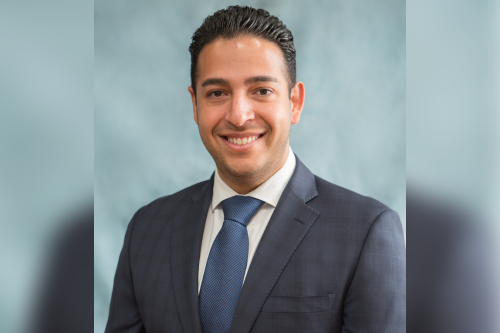The dynamics of private commercial lending is changing in the wake up the COVID-19 pandemic

“There is no more normal,” Allen Shayanfekr, CEO and co-founder of Sharestates told MPA when talking about the impact of COVID-19 on commercial lending. “We’ve been hearing for months about getting back to a level of normalcy, but the reality is, no one knows what that is.”
Sharestates is a real estate crowdfunding platform geared toward private investors and borrowers looking for more access to capital. In mid-March when the pandemic first hit, there was a complete shutdown in the private lending space for about 60 days, but since then, some of the larger lenders have returned to market. As a result of the frozen market, many smaller lenders which accounted for about half of the private lending market, became a COVID casualty, according to Shayanfekr. He says the number of active lenders has shrunk considerably, resulting in less competition in the lending space.
“We’re seeing a shift in negotiation power from the borrower and back into the lender’s favor,” he said. “From about five or six years ago, borrowers had the lay of the land and were able to get better terms, and we are seeing market conditions change with the lack of competition.”
As a result, he says lenders have tighter credit boxes, more conservative terms, and higher pricing as we move through the pandemic.
“Companies that are lending again are offering pricing anywhere from 100 to 300 basis points higher than pre-COVID levels and lower loan-to-value ratios, as well as requiring higher credit score requirements.”
A lot of what happens going forward will depend on how quickly the economy recovers, which is dependent on the development of a vaccine for coronavirus and whether cases decline, or we see a second spike, he added.
Investor types react differently to changes
Unexpected events can cause disruptions to market cycles, and investors keeping their eyes open for new opportunities can benefit. Differentiating between the hobby investor and the seasoned developers is important, according to Shayanfekr, as they are reacting very differently to the pandemic and its effect on commercial real estate.
“The hobby investor is taking the wait-and-see approach because they don’t have the same relationships with financial partners and contractors and other real estate professionals. Professional developers are seeing this as an opportunity, even though lender finance is harder to come by.”
Shayanfekr says he’s seeing a lot of borrower demand and a huge appetite from experienced investors to continue doing deals.
“With all the government stimulus, we are in an inflationary environment,” he explained. “While the next two years might be rough, we are going to see properties double and triple in value in the long-term.”
As fear subsides, he expects more lenders to slide back into the market, but in the meantime, they are adjusting like everyone else, with slightly lower loan-to-value ratios and stricter requirements. While everyone is unsure in turbulent economic times, Shayanfekr encourages investors and borrowers alike not to panic.
“We all saw how the public stock market reacted in March when everyone was panicking. The government reacted quickly to help stabilize the market, but the virus hasn’t gone anywhere and COVID is still very much a part of our daily life. This is not the first time the economy has gone through this cycle, and while it’s very different to previous one, it will come back.”
He adds that emotional selling is often the worst thing an investor can do in times of uncertainty and having a detailed and thought-out investment strategy will help investors fare better during these times.



